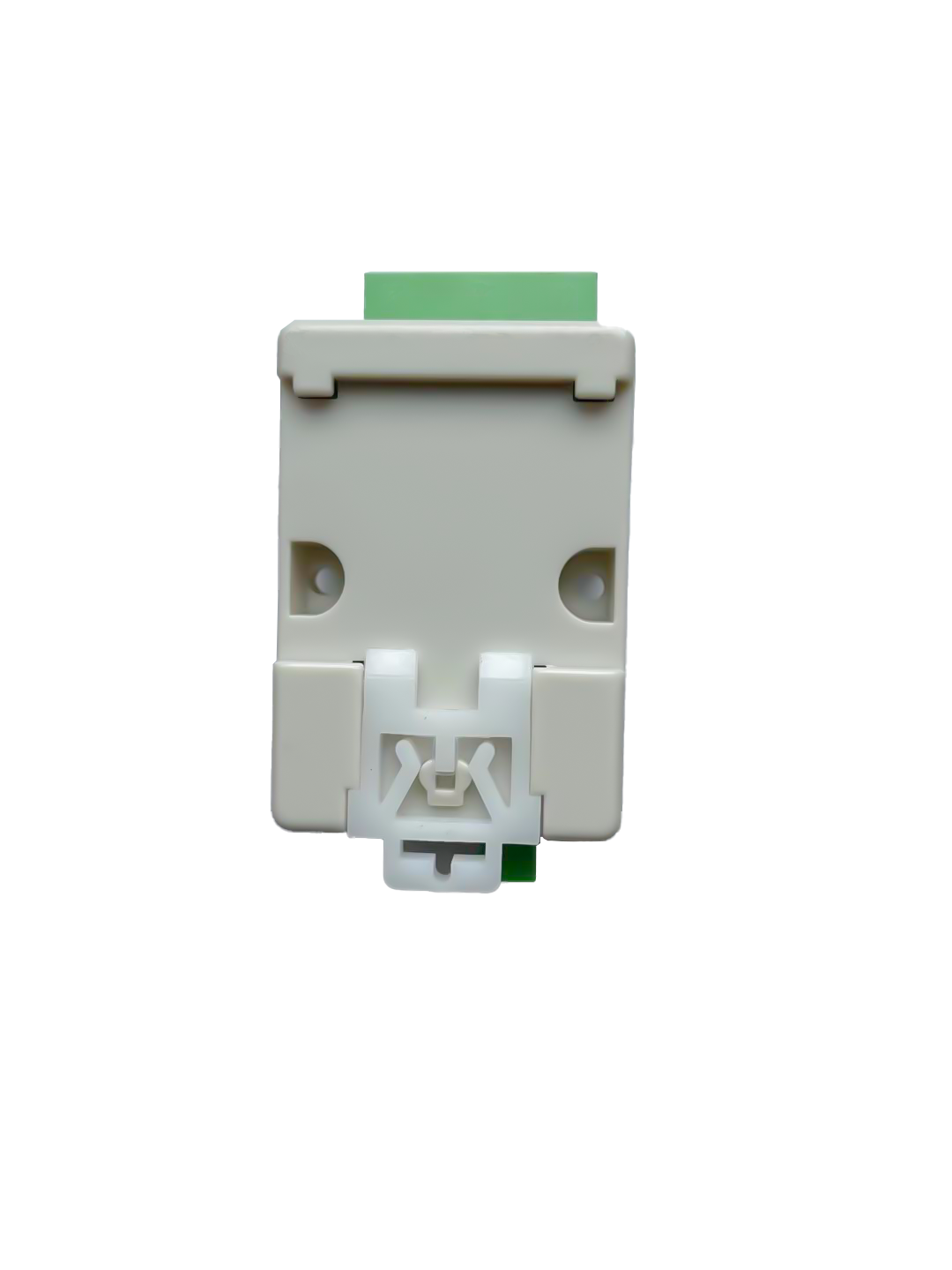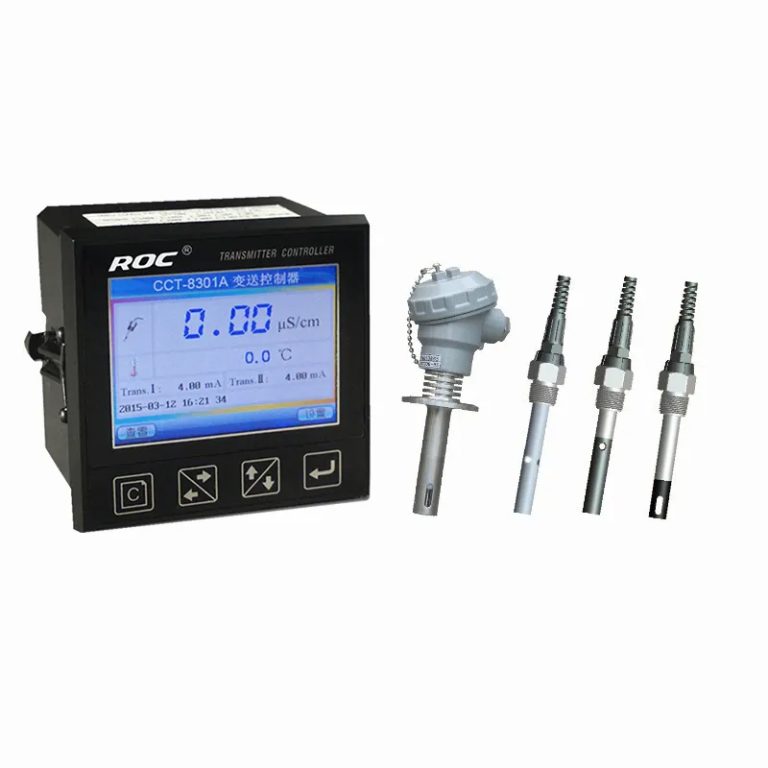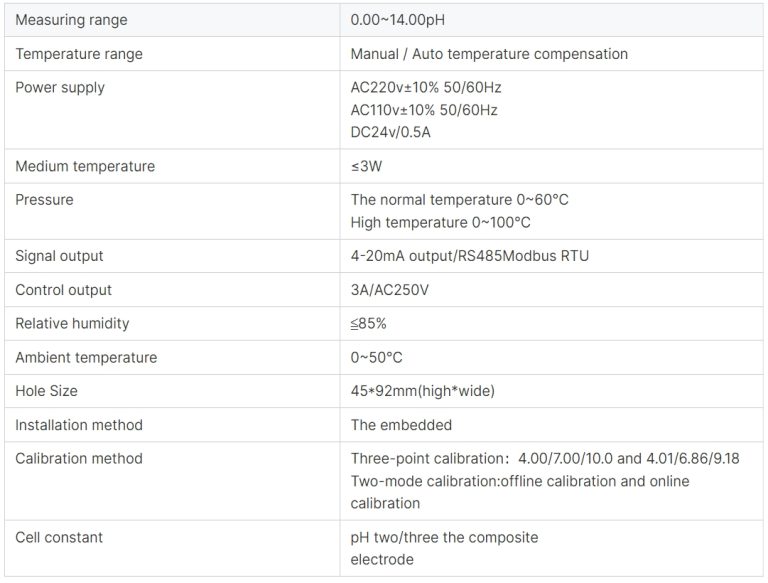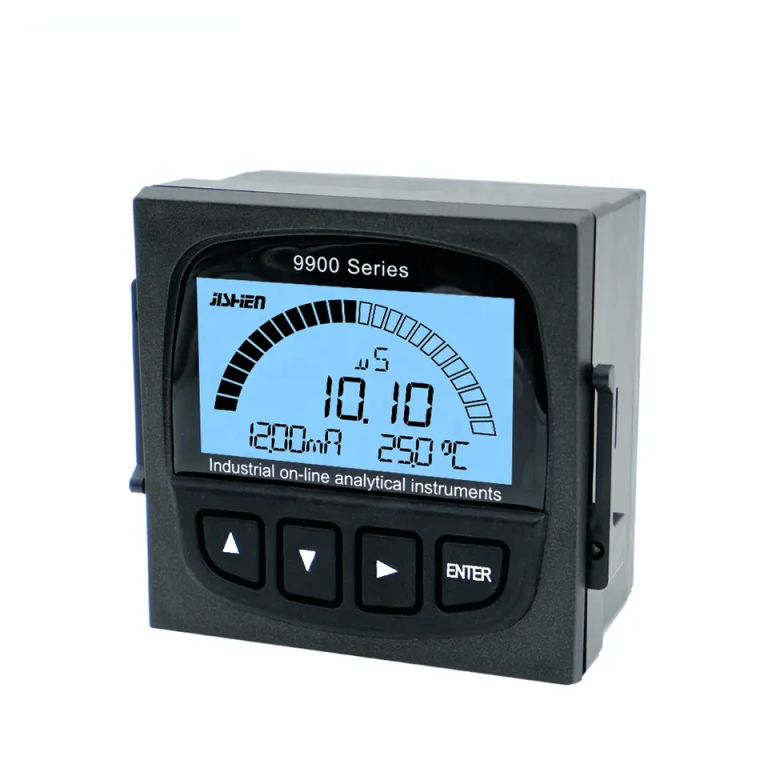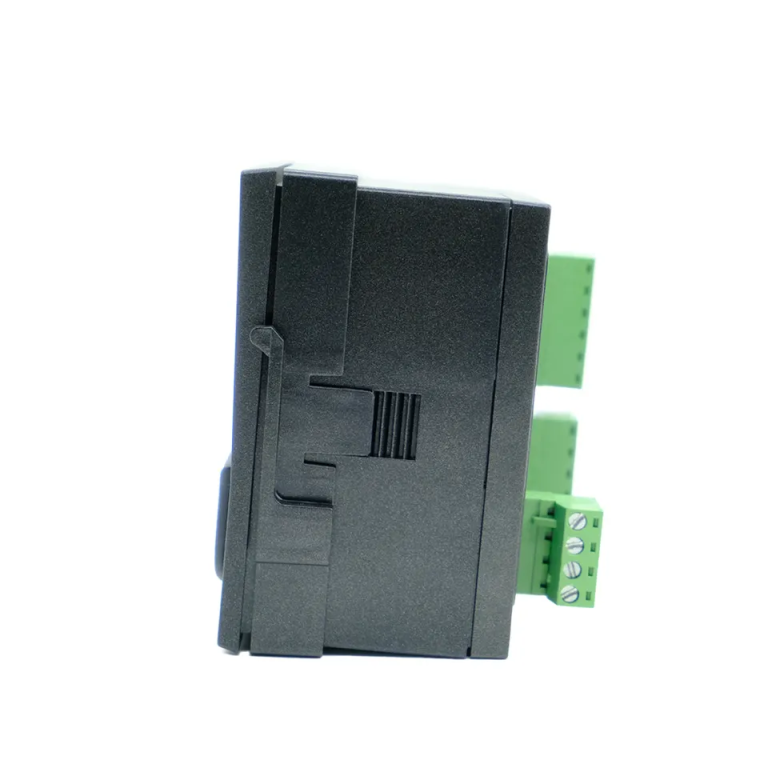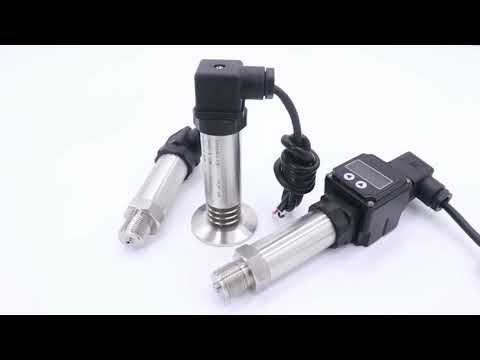Table of Contents
Understanding the Importance of Boiler Conductivity Meters
Boiler conductivity meters are indispensable tools in the realm of boiler maintenance and safety. They play a pivotal role in ensuring the efficient operation of boilers and preventing unnecessary damage. To fully appreciate the importance of boiler conductivity meters, it is essential to understand what they are, how they function, and the benefits they offer.
Boiler conductivity meters are devices that measure the ability of a solution to conduct electricity. In the context of boilers, these meters are used to measure the conductivity of the boiler water. This is crucial because the conductivity of boiler water can provide valuable insights into the overall health and efficiency of the boiler system.
The operation of a boiler conductivity meter is based on the principle that the conductivity of water is directly proportional to the concentration of ions present in it. These ions are produced when impurities such as salts and minerals dissolve in water. Therefore, a high conductivity reading indicates a high concentration of dissolved impurities, which can lead to problems such as scaling and corrosion in the boiler system.
Scaling is a common issue in boilers, where hard, insulating deposits form on the inner surfaces of the boiler. These deposits are primarily composed of impurities that have precipitated out of the boiler water. Scaling can significantly reduce the efficiency of a boiler by impeding heat transfer and can even lead to boiler failure in severe cases. Corrosion, on the other hand, is a process where the boiler’s metal components are gradually eaten away by chemical reactions with the impurities in the water. This can weaken the boiler structure and lead to leaks or even catastrophic failure.
By providing real-time data on the water’s conductivity, boiler conductivity meters allow operators to detect and address these issues before they escalate. For instance, if the conductivity reading is high, operators can take corrective actions such as adjusting the water treatment process or purging some of the boiler water to reduce the concentration of impurities.
Moreover, boiler conductivity meters also play a crucial role in optimizing the blowdown process. Blowdown is a procedure where some of the boiler water is discharged to control the concentration of dissolved solids. By monitoring the conductivity, operators can precisely time the blowdown process to maintain the optimal concentration of dissolved solids, thereby maximizing boiler efficiency and minimizing water waste.
In addition to these operational benefits, boiler conductivity meters also contribute to safety. By preventing scaling and corrosion, these meters help maintain the structural integrity of the boiler, reducing the risk of leaks or catastrophic failure. Furthermore, by optimizing the blowdown process, they help prevent the buildup of high-pressure steam that could lead to boiler explosions.
In conclusion, boiler conductivity meters are vital tools for maintaining the efficiency, safety, and longevity of boiler systems. They provide valuable data that enables operators to detect and mitigate potential issues, optimize operational processes, and ensure the safe operation of the boiler. Therefore, investing in a high-quality boiler conductivity meter is a wise decision for any facility that relies on boilers for its operations.
How to Maintain and Troubleshoot Boiler Conductivity Meters
Boiler conductivity meters are essential tools in the maintenance of boiler systems. They measure the amount of dissolved solids in the boiler water, which is crucial in preventing scale formation and corrosion. These meters are indispensable in ensuring the longevity and efficiency of your boiler system. However, like any other piece of equipment, they require regular maintenance and occasional troubleshooting to function optimally.
| Model | CIT-8800 Inductive Conductivity/Concentration Oline Controller |
| Concentration | 1.NaOH:(0~15)% or(25~50)%; 2.HNO3:(0~25)% or(36~82)%; 3.User-defined concentration curves |
| Conductivity | (500~2,000,000)uS/cm |
| TDS | (250~1,000,000)ppm |
| Temp. | (0~120)°C |
| Resolution | Conductivity: 0.01uS/cm; Concentration: 0.01%; TDS:0.01ppm, Temp.: 0.1℃ |
| Accuracy | Conductivity: (500~1000)uS/cm +/-10uS/cm; (1~2000)mS/cm+/-1.0% |
| TDS: 1.5 level, Temp.: +/-0.5℃ | |
| Temp. compensation | Range: (0~120)°C; element: Pt1000 |
| Communication port | RS485.Modbus RTU protocol |
| Analog output | Two channels isolated/ transportable (4-20)mA, Instrument / Transmitter for selection |
| Control Output | Triple channels semiconductor photoelectric switch, Programmable Switch, pulse and frequency |
| Working Environment | Temp.(0~50)℃; relative humidity <95%RH (non-condensing) |
| Storage Environment | Temp.(-20~60)℃;Relative Humidity ≤85%RH (none condensation) |
| Power Supply | DC 24V+15% |
| Protection Level | IP65 (with rear cover) |
| Dimension | 96mmx96mmx94mm(HxWxD) |
| Hole Size | 9lmmx91mm(HxW) |
To maintain a boiler conductivity meter, it is essential to clean it regularly. Over time, the meter’s sensor can become coated with mineral deposits, which can affect its accuracy. Cleaning the sensor involves removing it from the boiler and gently wiping it with a soft cloth. It is also advisable to soak the sensor in a mild acid solution, such as vinegar, to dissolve any hard-to-remove deposits. After cleaning, the sensor should be rinsed thoroughly with distilled water to remove any residual cleaning solution.

Calibration is another critical aspect of maintaining a boiler conductivity meter. Over time, the meter’s readings can drift, leading to inaccurate measurements. To calibrate the meter, you will need a solution with a known conductivity value. The meter is then adjusted until it reads the correct value for the calibration solution. It is recommended to calibrate the meter at least once a month to ensure accurate readings.
| Model | pH/ORP-810 pH/orp meter |
| Range | 0-14 pH; -2000 – +2000mV |
| Accuracy | ±0.1pH; ±2mV |
| Temp. Comp. | Automatic temperature compensation |
| Oper. Temp. | Normal 0~50℃; High temp 0~100℃ |
| Sensor | pH double/triple sensor; ORP sensor |
| Display | LCD Screen |
| Communication | 4-20mA output/RS485 |
| Output | High/Low limit dual relay control |
| Power | AC 220V±10% 50/60Hz or AC 110V±10% 50/60Hz or DC24V/0.5A |
| Working Environment | Ambient temperature:0~50℃ |
| Relative humidity≤85% | |
| Dimensions | 96×96×100mm(H×W×L) |
| Hole Size | 92×92mm(H×W) |
| Installation Mode | Embedded |
In addition to regular maintenance, it is also necessary to troubleshoot the boiler conductivity meter when problems arise. One common issue is erratic or unstable readings. This can be caused by a variety of factors, including a dirty sensor, a damaged sensor, or electrical interference. If the meter’s readings are unstable, the first step is to clean the sensor. If this does not resolve the issue, the sensor may need to be replaced.
Another common problem is a meter that reads zero or near zero, even when the boiler water has a high conductivity. This can be caused by a broken wire or a faulty meter. To troubleshoot this issue, check the wiring for any visible damage. If the wiring appears to be in good condition, the meter itself may be faulty and need to be replaced.
In conclusion, maintaining and troubleshooting a boiler conductivity meter involves regular cleaning and calibration, as well as addressing any issues that arise. By taking these steps, you can ensure that your meter provides accurate readings, helping to prevent scale formation and corrosion in your boiler system. Remember, a well-maintained boiler conductivity meter is not just a tool, but an investment in the longevity and efficiency of your boiler system.
